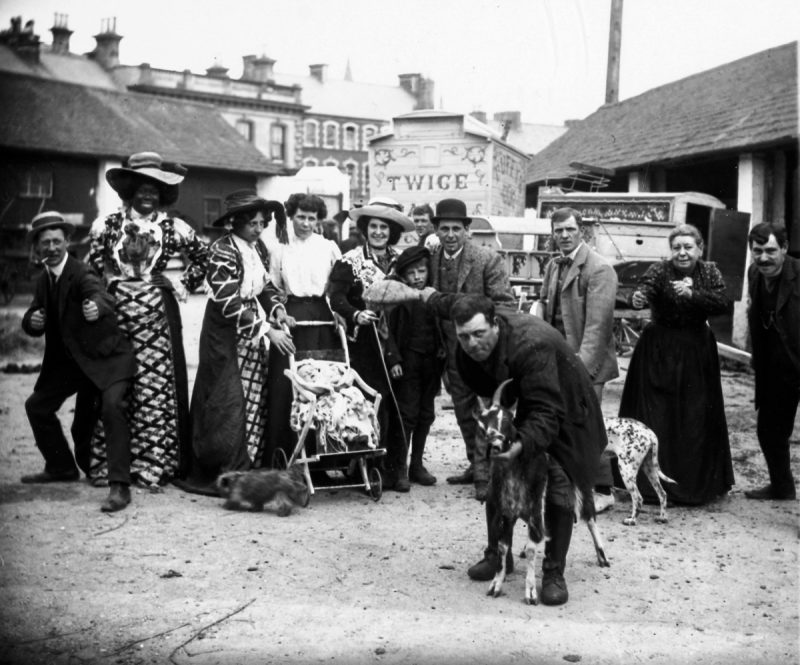The best thing about the travelling circus is its ability to bring a specific liveliness and euphoria into a small town, where usually nothing happens.
The term ‘circus’ also describes the performance which has followed various formats through its 250-year modern history. Philip Astley is credited with being the ‘father’ of the modern circus when he opened the first circus in 1768 in England. Early circuses were almost exclusively demonstrations of equestrian skills with a few other types of acts to link the horsemanship performances. Performances developed significantly through the next fifty years, with large scale theatrical battle reenactments becoming a significant feature. The ‘traditional’ format, whereby a ringmaster introduces a varied selection of acts that mostly perform choreographed acts to traditional music, developed in the latter part of 19th century and continued almost universally to be the main style of circus up until the 1970s.
As styles of performance have changed since the time of Astley, so too have the types of venues where these circuses have performed. The earliest modern circuses were performed in open air structures with limited covered seating. From the late 18th to late 19th century bespoke circus buildings (often wooden) were built with various types of seating, a centre ring and sometimes a stage. The ‘traditional’ large tents, commonly known as ‘Big Tops’ were introduced in the mid 19th century as touring circuses superseded static venues. These tents eventually became the most common venue and remain so to the present day. Contemporary circuses perform in a variety of venues including tents, theatres and casinos. Many circus performances are still held in a ring usually 13 m (42 ft) in diameter. This dimension was adopted by Philip Astley in the late 18th century as the minimum diameter that enabled an acrobatic horse rider to stand upright on a cantering horse to perform their tricks.
